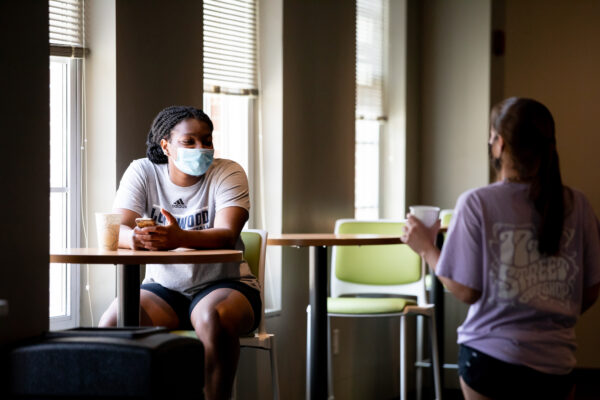ACHA Recommends COVID-19 Booster Shots, Updates Pandemic Guidelines for Colleges and Universities
As the fall semester drew to a close last year and the omicron variant spread across the country, the American College Health Association (ACHA) renewed its recommendation that colleges and universities should require the COVID-19 vaccination for all on-campus students, and added that institutions should mandate booster shots for students, faculty, and staff.
ACHA also released updated guidelines as institutions continue to implement COVID-19 mitigation strategies for the spring 2022 semester. The guidelines outline best practices based on current CDC recommendations and the evolving science of variants.
Key considerations for colleges and universities:
- Institutions without vaccine requirements are encouraged to consider programming to improve vaccination acceptance in their campus community.
- For optimal mitigation, institutions should continue to focus on layering prevention strategies, such as vaccines, mask mandates, and testing. ACHA encourages colleges and universities to remain flexible as new information from scientific research and CDC guidance becomes available.
- When it comes to testing, ACHA recommends that both diagnostic (testing of symptomatic individuals) and surveillance testing (testing of asymptomatic individuals, especially people who are not vaccinated) continue through the spring 2022 semester.
- Since campuses are operating at a higher density this academic year, contract tracing remains crucial. ACHA recommends that campuses communicate with local public health teams and be prepared to respond to positive tests in their community. ACHA cautions reducing the number of staff dedicated to contract tracing, citing the impact on response when teams are overwhelmed by case volume.
- Even though vaccination rates on college campuses are increasing, ACHA recommends keeping isolation and quarantine processes in place for the spring semester. Especially critical to these plans is the coordination of services for students in quarantine or isolation, such as dining/food services, check-ins with clinicians to monitor symptoms, remote class options, and access to counseling services.
- ACHA recommends that institution leaders, public health teams, and clinicians watch how evolving public health conditions impact international travel to and from campus.
The authors conclude by acknowledging the pandemic’s strain on the higher education workforce. ACHA recommends long-term investment into the health and wellness of staff and faculty, given the demands they have experienced over the last couple of years.
Click here to read the full guidance and access additional resources.
—Danielle Melidona
If you have any questions or comments about this blog post, please contact us.


